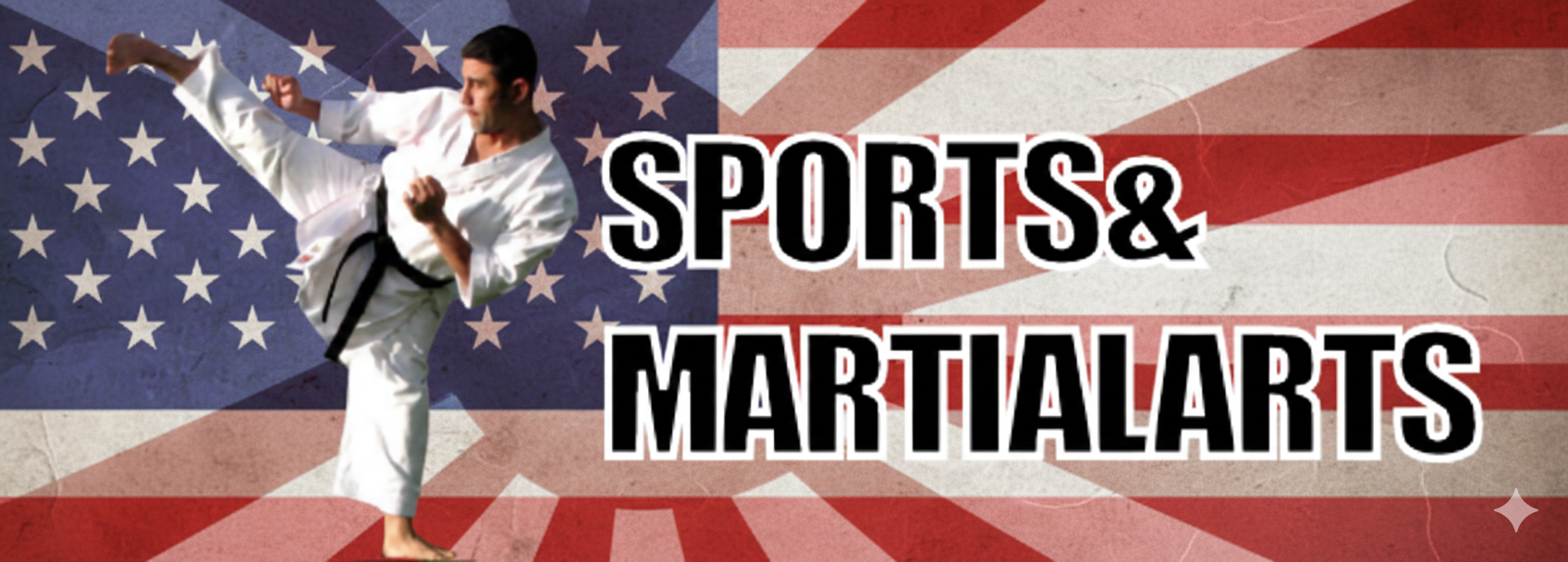Contents
Reverse Tabletop Stretch
Reverse Tabletop Stretch: Open Your Chest and Strengthen Your Core
The Reverse Tabletop Stretch is a powerful yet simple pose that opens the chest, strengthens the back, arms, and glutes, and improves posture. It’s often used in yoga and fitness routines to counteract the effects of sitting and hunching forward. Whether you’re an athlete, office worker, or just someone looking to relieve upper body tension, this stretch can help you feel more balanced, open, and strong.
Benefits of the Reverse Tabletop Stretch
The Reverse Tabletop Stretch is a dynamic full-body movement that engages multiple muscle groups while improving flexibility, posture, and body awareness. It’s especially useful for counteracting the effects of prolonged sitting, screen time, or poor posture.
- Opens the Chest and Shoulders
This stretch helps reverse the hunched position many people develop from sitting or working at a desk, encouraging a more upright posture and improved breathing capacity. - Strengthens the Glutes, Hamstrings, and Lower Back
As you lift your hips and hold the position, the posterior chain activates—helping build endurance and stability in the lower body. - Activates the Core and Enhances Body Awareness
Maintaining a stable tabletop position requires engagement of the core muscles, which contributes to better balance and control in other exercises. - Improves Front Body Flexibility
The stretch lengthens the hip flexors, shoulders, and chest muscles, promoting greater mobility and reducing muscle tightness. - Relieves Tension from Sedentary Lifestyles
Ideal for office workers and students, this stretch alleviates tightness in the shoulders, spine, and hips caused by extended sitting or computer use.
Recommended Sets and Duration
- Hold each Reverse Tabletop Stretch for 20–30 seconds
- Perform 2 to 3 sets
- Rest for about 30 seconds between sets
Step-by-Step Guide to Perform the Reverse Tabletop Stretch
- Start Seated
Sit on the floor with your knees bent and feet flat on the ground, hip-width apart. Place your hands behind you, fingertips pointing toward your feet. - Engage and Lift
Press your palms and feet into the floor. Engage your glutes and core, then lift your hips until your torso is parallel to the floor—like the top of a table. - Open the Chest
Roll your shoulders back and gently lift your chest toward the ceiling. Avoid collapsing into the shoulders. - Hold and Breathe
Hold the position while breathing deeply through your nose. Focus on keeping your body in a straight line from shoulders to knees. - Release Gently
Lower your hips slowly back to the floor, keeping control through your arms and core.
Variations of the Reverse Tabletop Stretch
- Dynamic Tabletop: Slowly raise and lower the hips in a controlled motion for added glute activation.
- Extended Leg Tabletop: Lift one leg at a time while holding the pose to challenge your core and balance.
- Reverse Plank: Straighten your legs completely to transform the stretch into a more intense hamstring and shoulder opener.
- Supported Tabletop: If wrist discomfort is an issue, place a folded towel under your hands or perform the stretch on your fists.
Tips and Recommendations
- Warm up your shoulders and hips before doing this stretch.
- Avoid letting your head drop too far back; keep it aligned or gently gaze up.
- If you experience wrist discomfort, try changing the angle of your hands or doing wrist mobility drills beforehand.
- Focus on quality over quantity—don’t overextend or let your form break down just to hold longer.
Final Thoughts
The Reverse Tabletop Stretch is an excellent addition to any mobility, yoga, or strength routine. It’s quick to perform and offers immediate benefits, especially if you spend long hours sitting. Add this stretch to your daily movement practice and feel the difference in your posture, strength, and energy levels.
For more guided stretches and training tips, explore our full collection of mobility articles here at:
Follow our Social Media!












